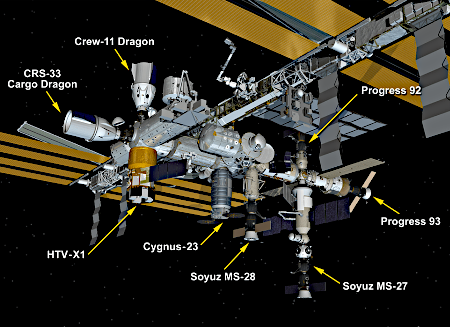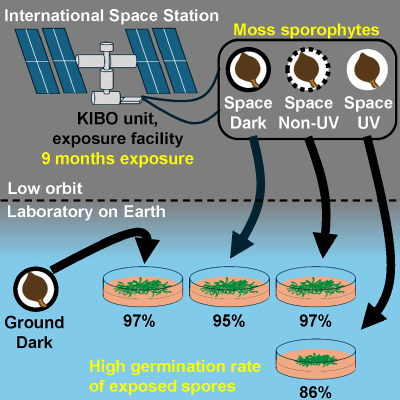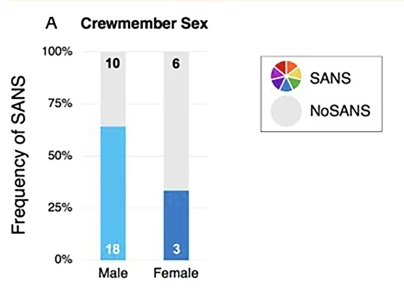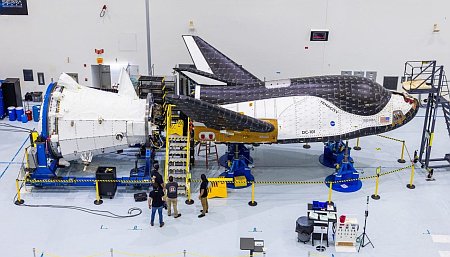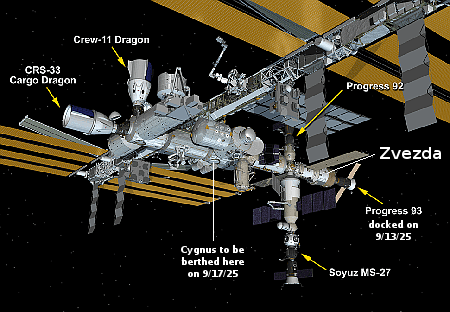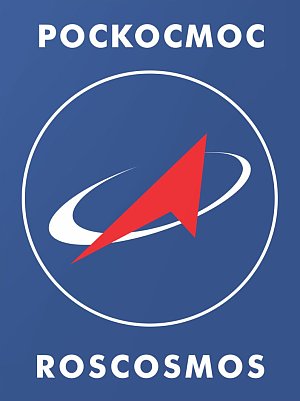Three astronauts return from ISS in Soyuz capsule
Early today one American and two Russians safely returned to Earth, their Soyuz capsule touching down on the plains of Kazakhstan after spending more than eight months on ISS.
NASA astronaut Jonny Kim returned to Earth on Tuesday alongside Roscosmos cosmonauts Sergey Ryzhikov and Alexey Zubritsky, wrapping up an eight-month science mission aboard the International Space Station to benefit life on Earth and future space exploration. They made a safe, parachute-assisted landing at 12:03 a.m. EST (10:03 a.m. local time), southeast of Dzhezkazgan, Kazakhstan, after departing the space station at 8:41 p.m. on Dec. 8, aboard the Soyuz MS-27 spacecraft.
Over the course of 245 days in space, the crew orbited Earth 3,920 times, traveling nearly 104 million miles. They launched to the space station on April 8. This mission marked the first spaceflight for both Kim and Zubritsky, while Ryzhikov completed his third journey to space, logging a total of 603 days in space.
There remains on ISS one Soyuz, with its crew of three, with a planned return in July 2026. Getting its replacement crew launched however remains an unknown right now because of the damage to the Soyuz-2 rocket launchpad in Baikonur that occurred when they were launched two weeks ago. Roscosmos has provided no public updates about its plans to fix the pad or replace it, and until such plans are revealed, the Russians have no ability to launch any further manned missions.
This is why I speculated earlier that the present Soyuz crew might be starting an extended mission, awaiting repairs to the launchpad.
Early today one American and two Russians safely returned to Earth, their Soyuz capsule touching down on the plains of Kazakhstan after spending more than eight months on ISS.
NASA astronaut Jonny Kim returned to Earth on Tuesday alongside Roscosmos cosmonauts Sergey Ryzhikov and Alexey Zubritsky, wrapping up an eight-month science mission aboard the International Space Station to benefit life on Earth and future space exploration. They made a safe, parachute-assisted landing at 12:03 a.m. EST (10:03 a.m. local time), southeast of Dzhezkazgan, Kazakhstan, after departing the space station at 8:41 p.m. on Dec. 8, aboard the Soyuz MS-27 spacecraft.
Over the course of 245 days in space, the crew orbited Earth 3,920 times, traveling nearly 104 million miles. They launched to the space station on April 8. This mission marked the first spaceflight for both Kim and Zubritsky, while Ryzhikov completed his third journey to space, logging a total of 603 days in space.
There remains on ISS one Soyuz, with its crew of three, with a planned return in July 2026. Getting its replacement crew launched however remains an unknown right now because of the damage to the Soyuz-2 rocket launchpad in Baikonur that occurred when they were launched two weeks ago. Roscosmos has provided no public updates about its plans to fix the pad or replace it, and until such plans are revealed, the Russians have no ability to launch any further manned missions.
This is why I speculated earlier that the present Soyuz crew might be starting an extended mission, awaiting repairs to the launchpad.

